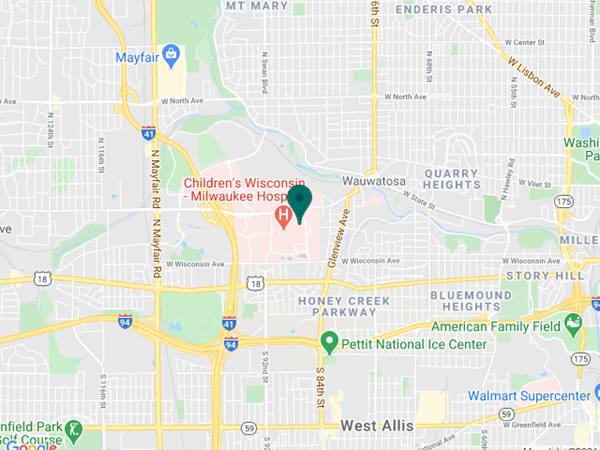Clinical and Translational Science Institute of Southeastern Wisconsin
The CTSI is an innovative infrastructure to support and advance education, collaboration, and research in clinical and translational science.
Advancing health through research and discovery.
CTSI News and Events
View our featured news stories and information about upcoming events.

Implementation as a Design Journey: Bridging Human Factors Engineering and Implementation Science
Join us for the upcoming presentation of the Implementation Science for Innovation and Discovery education series on Wednesday, Apr. 30th from 12:00 - 1:30 p.m. in person or via Zoom.

Registration is now open for the Clinical Trial Financial Management Workshop
Join us on March 18 for the in-person workshop. The goal of this workshop is to enable interaction with content experts, provide tips, templates, and tools for successful financial management of clinical trials.

Enact Grand Rounds, a Monthly Seminar Starting March 2025
The ENACT Grand Rounds is a monthly seminar series hosted by the ENACT Network, a collaborative initiative within the CTSA program that empowers researchers to leverage real-world data and generate real-world evidence.

Apply now for the Master's and Certificate in Clinical and Translational Science Programs
The CTSI is accepting applications for our Master’s and Certificate Programs in Clinical and Translational Science. Both programs will begin in Fall 2025.

In PRIM-ER Trail, Palliative Care Training in ER Departments Did Not Reduce Hospital Admissions
An evidence-based training program to improve the capacity of emergency department care teams to communicate with seriously ill older patients about palliative care did not lead to lower rates of hospital admission, according to the results of the PRIM-ER trial.

Funding Opportunity: Food is Medicine Initiative
The American Heart Association announces a Request for Proposals for a planning grant opportunity through its Health Care by Food initiative

Become a CTSI 500 Star!
The CTSI 500 Stars Initiative is a paid summer internship program for high school, undergraduate and graduate students that provides training and educational experiences in clinical and translational sciences.

CTSI Discovery Radio Receives National Award of Distinction
CTSI Discovery Radio, the monthly radio show and podcast of the Clinical & Translational Science Institute of Southeast Wisconsin (CTSI) has been recognized another national awards program.

CTSI Introduces New Center for Collaboration of Science and Faith
The CTSI is introducing the Center for Collaboration of Science and Faith to foster the cooperation of faith and science for advancing community health and health equity.

Inaugural Southeast Wisconsin Data Science Research Symposium
The inaugural SEAWINDS Research Symposium brought together faculty, trainees and community organizations from the region to share their knowledge, research and ideas.
CTSI Introduces New Center for Collaboration of Science and Faith
Tune in to CTSI Discovery Radio Episode 132 - Stepping Stones: Advancing Kidney Stone Disease Research
Engage with Us
Research Support
Access services, tools and resources to advance health through research and discovery

Research Support Services
Utilize services to assist in navigating the complexities of the research process.
View our services
Clinical Trial Support
Access comprehensive research support services for clinical trials.
Access support
Community Members
Take an active role in improving your health and the health of your community

Get Involved In Research
Improve your health and the health of your community by participating in research.
View opportunities
Attend a CTSI Science Cafe
Join us for a free meal and engage in a discussion about health topics that matter to you!
Register for an upcoming program
View All Community Offerings
The CTSI Community Engagement Program aims to improve overall community health.
View all programsEducation
Training opportunities to prepare you to serve on multidisciplinary research teams.

Clinical Research Scholars Program
The mission of the Clinical and Translational Science Institute’s Clinical Research Scholars Program is to provide didactic training and individual mentoring in career development and clinical research to junior faculty who are committed to pursuing careers in clinical research.
Submit your application by April 30th
Master's and Certificate in Clinical and Translational Science Programs
The CTSI is accepting applications both programs which will begin in Fall 2025.
Learn More about the programs
View All CTSI Education Programs
CTSI offers training to prepare individuals for effective roles on multidisciplinary research team.
View all programsOur Partners

Contact Us
Clinical and Translation Science Institute of Southeast Wisconsin
Medical College of Wisconsin
8701 Watertown Plank Rd., Suite M1350
Milwaukee, WI 53226
(414) 955-8200
(414) 955-0050 (fax)





